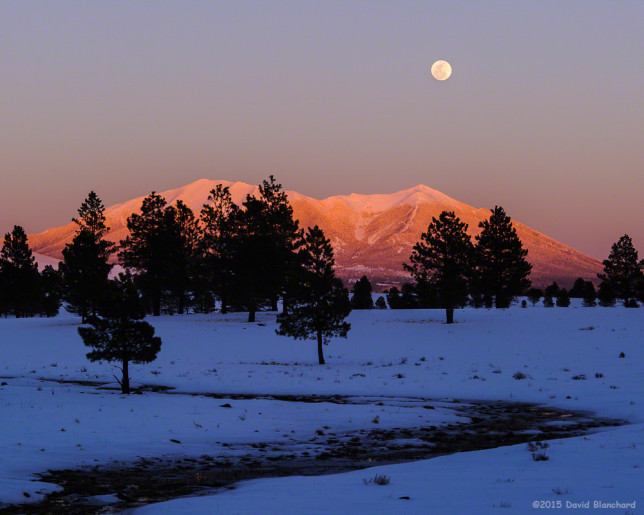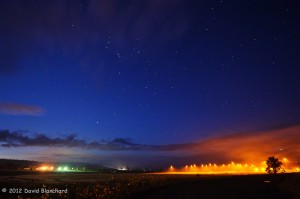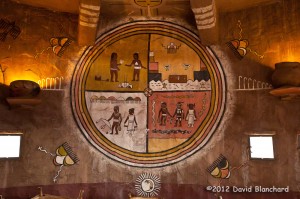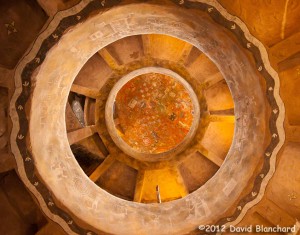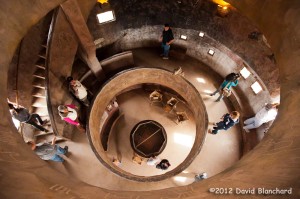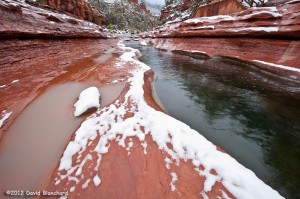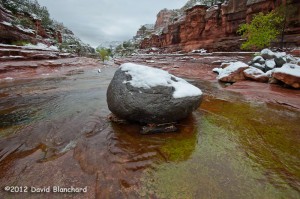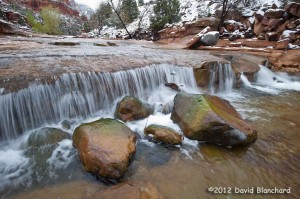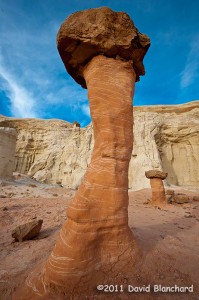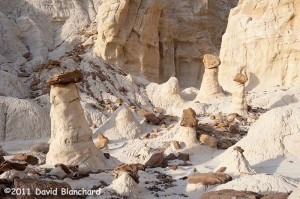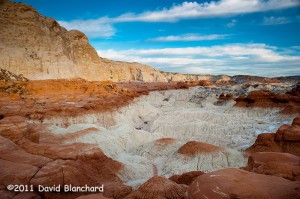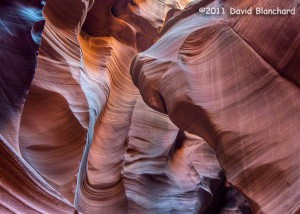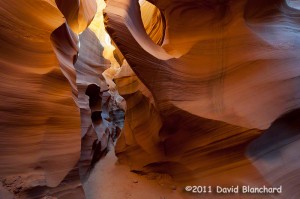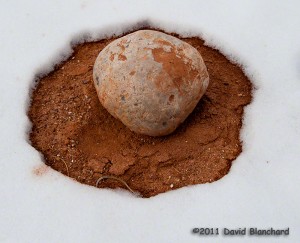Here are a few recent images of the nearly-full moon rising above the San Francisco Peaks in northern Arizona. The day before the full moon is often the most photogenic time as the landscape is still bathed in sunset light while the moon has already climbed well above the horizon.
But if only it was that easy! Earlier in the day I had used The Photographers Ephemeris (TPE) to find a location. I decided that a position on SR64 north of Williams, Arizona, would work and at that distance the moon would appear quite large juxtaposed against the mountains. Unfortunately, when I arrived at my predetermined spot I was not able to see the mountains. Numerous cinder cones and small hills completely blocked my view. I wish TPE was more intelligent than this photographer and would let me know of obstructions.
With less than 15 minutes until moonrise and one-half hour until the moon would be above the peaks, I had to find a new location quickly. I backtracked south on SR64 and then east along Route 66 but hills and trees continued to block my view. When I did finally get a clear view I was too far south and the moon would rise south (right) of the peaks. I stayed around for a few minutes to get a few consolation images of the moonrise then headed east again. Arriving in Parks, Arizona, I turned north and kept looking for a location with the moon above the peaks and a clear view. Finally, I found this location.
Although these were not the images I thought I was going to get I’m still happy with the result.
Note: No speed limits were broken while trying to reposition!

